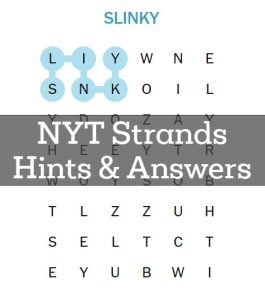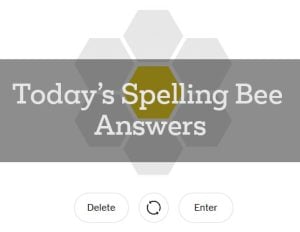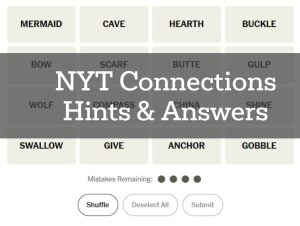Looking for the answers and hints for the Strands puzzle from July 5, 2025? You’ve come to the right place! Every day, we archive the solutions to help you check your work or get that final clue you need. Below you will find all the answers for yesterday’s Strands challenge.
Strands Hints for July 5, 2025
Here are all the official hints to guide you toward the solution.
- This instrument, often seen hanging on a wall or standing in a tower, traditionally chimes to mark the passing hours. Its face has hands that rotate with each tick, collectively known as a timeless classic.
- A smaller cousin of the first, typically worn on one's wrist, it's a personal accessory keeping pace with your every move and valued for both its functionality and fashion.
- An elaborate device, sometimes found in a scientist's study, it measures time with impressive precision; its name reflects its methodical counting of moments.
- As the sands of time trickle down within this ancient timepiece, it provides a visual representation of the passing minutes; an early way to time a perfect soft-boiled egg.
- Before mechanical timekeeping was devised, civilizations relied on this device which casts shadows to tell the time under the sun's diligent watch.
Spoiler Warning!
The final answers are below. Stop scrolling now if you want to solve it yourself!
Strands Answer for July 5, 2025
Here is the final, official answer for the Strands puzzle that was released on July 5, 2025.
Today’s NYT Strands Answers:
The theme for today's New York Times Strands puzzle is "Every second counts," which aptly relates to devices and methods used for measuring time. Each of the words provided is interconnected through this central theme of timekeeping. Let's explore each term and its connection to the theme:
- CLOCK: A clock is one of the most universally recognized timekeeping devices. It typically displays time by using hands to point at numbers on a dial, but digital clocks show time with numbers directly. Clocks come in various forms, including wall clocks, alarm clocks, and tower clocks. They are used not only to track the passage of time but also as decorative objects in homes and public spaces.
- WATCH: A watch is a portable timepiece intended to be carried or worn by a person. It's designed to keep a consistent movement despite the motions caused by the person's activities. A wristwatch is the most common type of watch worn today. Watches serve the dual purpose of being a timekeeping device and a fashion accessory.
- CHRONOMETER: The term "chronometer" historically refers to a highly accurate timepiece, particularly one that has been certified to meet certain precision standards. Initially used for maritime navigation, chronometers were critical in determining longitude at sea by means of celestial navigation. Today, the term can also generally refer to any precise timekeeping instrument.
- HOURGLASS: An hourglass, also known as a sand timer, sand glass, sand clock, or egg timer, uses the flow of sand from one glass bulb to another to measure a specific interval of time. Hourglasses are often seen as symbols of the passage of time in art and popular culture. They represent the inevitability and the constant, ongoing nature of time.
- SUNDIAL: The sundial is the oldest known device for the measurement of time and was widely used until the advent of mechanical and, later, digital clocks. It uses the position of the sun's shadow cast by a gnomon, a thin rod or a triangular blade, on a flat surface marked with lines indicating the hours of the day. Sundials require sunlight to function and thus represent the most natural form of timekeeping.
In summary, all of these words are intricately linked to the theme of timekeeping, each representing different methods and instruments humans have invented and used throughout history to measure and organize time.
Moreover, today's Strand's pangram is TIMEKEEPERS, which encapsulates all the listed words, as each is a form of timekeeper. A pangram is a word or sentence that contains every letter of the alphabet at least once. In this context, "timekeepers" serves not only as a pangram but also as a perfect representation of the theme, highlighting the central role of these devices and methods in tracking and managing time, emphasizing that indeed, every second counts.
Read More Daily Game Answers
Check out the answers and hints for our other popular daily word games and puzzles.






